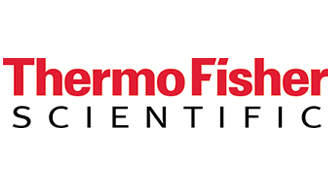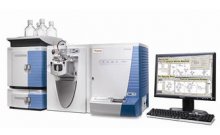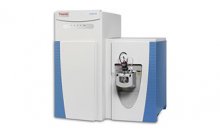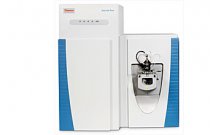MSn进行黄酮类化合物的结构测定
简介:
For more than five thousand years, tea has been used in China as an herbal remedy. In recent years pharmacological studies have supported some of these health claims. Flavonoids, a class of polyphenolic compounds found in tea, plants and many fruits, have shown some promising results related to anti-cancer as well as anti-inflammatory and anti-allergy properties. For these reasons, there has been renewed interest in both detecting and characterizing these compounds.
In many instances, flavonoids exist as their glycosylated conjugate. In a typical MS/MS experiment, glycosylated moieties may be cleaved from the molecular precursor with a resulting MS/MS spectrum which is difficult to relate back to a hypothetical structure. The primary reason for the difficulty is the fact that first generation fragment ions may undergo further fragmentation, which can result in a very complex spectrum. Third and fourth generation product ions can not readily be distinguished from second generation product ions.
The Thermo Scientific LCQ Series of mass spectrometers can perform MSn, so precursor ions are isolated before a subsequent MS/MS experiment is performed. Due to this isolation step, fragmentation spectra are generally less complex and ambiguous than traditional MS/MS spectra. Through successive MS/MS steps, product origins can be assigned. As the following experiments will show, the LCQ may “remove” glycosylated side chains in a controlled, step-by-step manner using the power of MSn. Eventually, a core structure is exposed. A final fragmentation spectrum of the core structure yields a classic fingerprint which may then be referenced against a library MS/MS spectrum of the base component. In this way, a compound may be unequivocally classified.
目标:
This experiment demonstrates:
• The utility of MSn for structural determination and unambiguous classification of a suspected flavonoid compound.
• The utility of MSn for the unambiguous determination of product origin.
仪器:
LCQ Series ion trap mass spectrometer
结论:
Electrospray ionization of an unknown compound provides a soft ionization technique allowing the generation of an intact pseudomolecular ion at m/z 579. The MS/MS experiment yielded two major ions which were indicative of the loss of a deoxy-hexose sugar (m/z 433) and a product mass which was the same as a base component of flavonoids (m/z 271). MS3 of the m/z 433 ion proved that the m/z 271 ion was a product of the m/z 433 ion and also indicated the loss of a hexose sugar. The MS4 experiment on the m/z 271 ion resulted in a fragmentation spectrum which was a direct match with the fragment spectrum of apiginin. The direct match indicates that the unknown compound belongs to the flavonoid class.




